OZONE THERAPY: OVERVIEW OF ITS POTENTIAL UTILITY IN MALE REPRODUCTION
Author information:
- Zaher Merhi, Department of Biochemistry, Albert Einstein College of Medicine, Bronx, New York; New Hope Fertility Center, New York.
- Ali Bazzi, St John Hospital and Medical Center, Detroit, MI, USA
- Rajean Moseley-LaRue, HOCATT USA LLC, Weatherford, TX, USA
- Amber Ray Moseley, HOCATT USA LLC, Weatherford, TX, USA
- André Hugo Smith, HOCATT USA LLC, Weatherford, TX, USA
- John Zhang, New Hope Fertility Center, New York
- Marco Ruggiero, Silver Spring Sagl, Arzo-Mendrisio, Switzerland
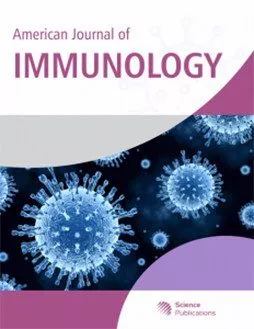
ABSTRACT
The purpose of this review article is to evaluate the role of OT in the male reproductive system. We performed a review of all available basic science, experimental animal studies and clinical peer-reviewed articles published in PubMed and Google Scholar until November 2018. The literature so far retrieved shows that most studies pertaining to the effect of OT on male reproduction were performed in animals. Results to date show that OT, via improving the immune system, significantly protects testicular function in the setting of testicular torsion/ischemia, protects against the effect of gonadotoxic agents and treats bacterial infections in the semen. This article calls for a need for at least pilot studies in humans using OT in its safest route of administration, which is probably the transdermal one. This would be significant especially considering that male factor infertility constitutes up to one third of couple infertility and it is very common that poor semen parameters are irreversible with medical or surgical treatment, such as varicocele repair or vasectomy reversal.Read More
LIVE BIRTH DERIVED FROM OOCYTE SPINDLE TRANSFER TO PREVENT MITOCHONDRIAL DISEASE
Author information:
- John Zhang’Correspondence information about the author John Zhang , Hui Liu ,Shiyu Luo , Zhuo Lu , Alejandro Chávez-Badiola , Zitao Liu , Mingxue Yang, Zaher Merhi, Sherman J. Silber, Santiago Munné, Michalis Konstandinidis , Dagan Wells, Taosheng Huang’Correspondence information about the author Taosheng Huang
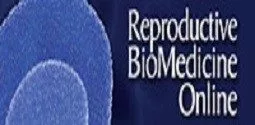
ABSTRACT
who underwent IVF after reconstitution of her oocytes by spindle transfer into the cytoplasm of enucleated donor oocytes. A male euploid blastocyst wasobtained from the reconstituted oocytes, which had only a 5.7% mtDNA mutation load. Transfer of the embryo resulted in a pregnancy with delivery of a boy with neonatal mtDNA mutation load of 2.36–9.23% in his tested tissues. The boy is currently healthy at 7 months of age, although long-term follow-up of the child’s longitudinal development remains crucial.Read More
PREGNANCY DERIVED FROM HUMAN ZYGOTE PRONUCLEAR TRANSFER IN A PATIENT WHO HAD ARRESTED EMBRYOS AFTER IVF
Author information:
- John Zhang, Guanglun Zhuang, Yong Zeng, Jamie Grifo, Carlo Acosta, Yimin Shu, Hui Liu

ABSTRACT
Fetal mitochondrial DNA profiles were identical to those from donor cytoplasm with no detection of patient’s mitochondrial DNA. This report suggests that a potentially viable pregnancy with normal karyotype can be achieved through pronuclear transfer. Ongoing work to establish the efficacy and safety of pronuclear transfer will result in its use as an aid for human reproduction.Read More
REPRODUCTIVE POTENTIAL OF MATURE OOCYTES AFTER CONVENTIONAL OVARIAN HYPERSTIMULATION FOR IN VITRO FERTILIZATION
Author information:
- John J. Zhang – Reproductive Endocrinology and Infertility, New Hope Fertility Center, New York, NY, USA
- Mingxue Yang – Reproductive Endocrinology and Infertility, New Hope Fertility Center, New York, NY, USA
- Zaher Merhi – Department of Obstetrics and Gynecology, Division of Reproductive Biology, New York University School of Medicine, New York, NY, USA
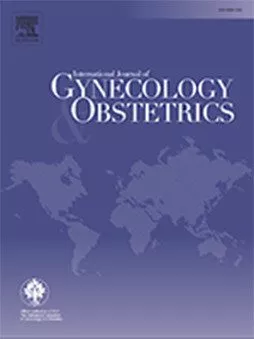
ABSTRACT
and 62.8% (108/172) in the high-yield group (P = 0.35). Conclusion: In conventional ovarian stimulation, live birth rate is not affected by the ovarian response. Whether oocytes produced from a low ovarian response are biologically more effective than oocytes obtained from a high ovarian response remains to be determined.Read More
METABOLISM – CLINICAL AND EXPERIMENTAL
Author information:
- Magdalena Pertynska-Marczewska, Evanthia Diamanti-Kandarakis, John Zhang, Zaher Merhi,
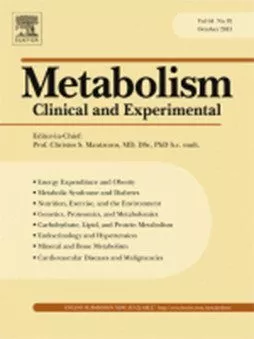
ABSTRACT
Thus, whether AGE–RAGE axis constitutes a link between metabolic and endothelial dysfunction in women with PCOS is addressed in this review. Additionally, we discuss the role of hormonal changes observed in PCOS and how they are linked with the AGE–RAGE axis in order to better understand the nature of this complex syndrome whose consequences extend well beyond reproduction.Read More
REVISITING GERMINAL VESICLE TRANSFER AS A TREATMENT FOR ANEUPLOIDY IN INFERTILE WOMEN WITH DIMINISHED OVARIAN RESERVE.
Author information:
- Department of Reproductive Endocrinology and Infertility, New Hope Fertility Center , New York, NY , USA.
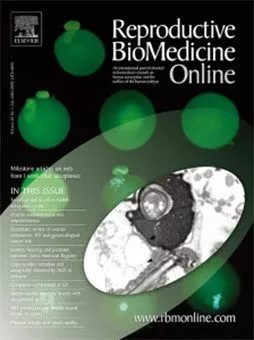
ABSTRACT
Results indicated that oocytes arrested with IBMX for 24 and 48 h exhibited reduced ability for meiotic maturation and for extruding the first PB when compared with controls (P < 0.01). IBMX-treated oocytes reconstituted with cytoplasm, but not GV, of control oocytes restored the assembly of meiotic spindle and meiotic maturation. Mouse oocytes reconstituted with GV of human oocytes underwent meiosis similar to that observed in mice, but not humans. Additionally, human oocytes reconstituted by mouse GV underwent meiosis similar to that observed in humans, but not mice. These findings suggest that cytoplasm replacement by GV transfer could represent a potential therapeutic option for women who do not produce mature oocytes during IVF.Read More
Over 15,000 New Hope Babies born since 2006!
Schedule your fertility consultation today!
